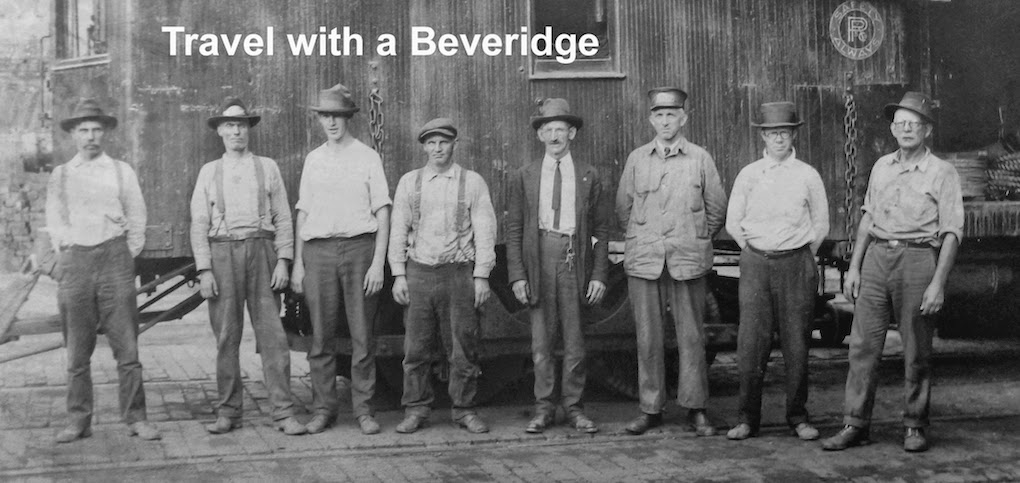Former Webster, Pa., Postmaster Bee Hodgson poses outside the old post office under a zip code facing extinction. (photographer unknown)
By Scott Beveridge
By Scott Beveridge
WEBSTER, Pa. – The news Tuesday about the U.S. Postal Service’s proposal to close the tiny post office in my hometown will likely lead to a new dateline on stories I write about the village.
The demise of the 15087 zip code as early as December has the potential of wiping the small Southwestern Pennsylvania town off the map. In all likelihood the few hundred people who call Webster their home will receive mail at their street addresses, with Webster being replaced on the envelopes by Belle Vernon.
It really doesn’t make sense for the federal government to keep open the 3,700 small post offices on the list for review if they are losing money. It especially makes sense to close them when the government is so heavily in debt and facing public demands for cutbacks in spending.
What doesn’t make sense, though, is the rational Congress has used in the past to establish zip codes.
For example, people who live in parts of Centerville in Washington County, Pa., have mailing addresses in Brownsville, Fayette County. Some of my neighbors in Forward Township, Allegheny County, receive their mail under addresses of Monongahela, a small city in Washington County.
It would make better sense to give people addresses in the municipalities where they reside. Sometimes I wonder if the people who made these decisions about postal logistics were using LSD during brainstorming sessions.
And if things proceed as they appear, the Westmoreland County village of Webster in Rostraver Township would next year be given an address associated with a small borough that doesn't even have a post office 10 miles away in Fayette County.
If you are having trouble following along it's understandable because this system of addressing is insane. It's no wonder Comcast and the electric and gas companies have trouble finding my house when those utilities black out.
The post office needs to catch up with the times. The privately owned FedeX and ups figured out this nightmare a long time ago, before global positioning satellites added better layers to finding destinations. And those companies do a great of finding my house to deliver things when I order products on the Internet.
The post office needs to catch up with the times. The privately owned FedeX and ups figured out this nightmare a long time ago, before global positioning satellites added better layers to finding destinations. And those companies do a great of finding my house to deliver things when I order products on the Internet.
What's even sadder for Webster is the post office is the last public door in town where residents can enter and mingle, exchange greetings and feel connected to a community, except for a fire hall and smokey bar.
And if the state Department of Transportation ends up demolishing the old, closed Donora-Webster Bridge over the Monongahela River, Websterians won't even be able to walk to a store to purchase a newspaper, quart of milk or loaf of bread.













